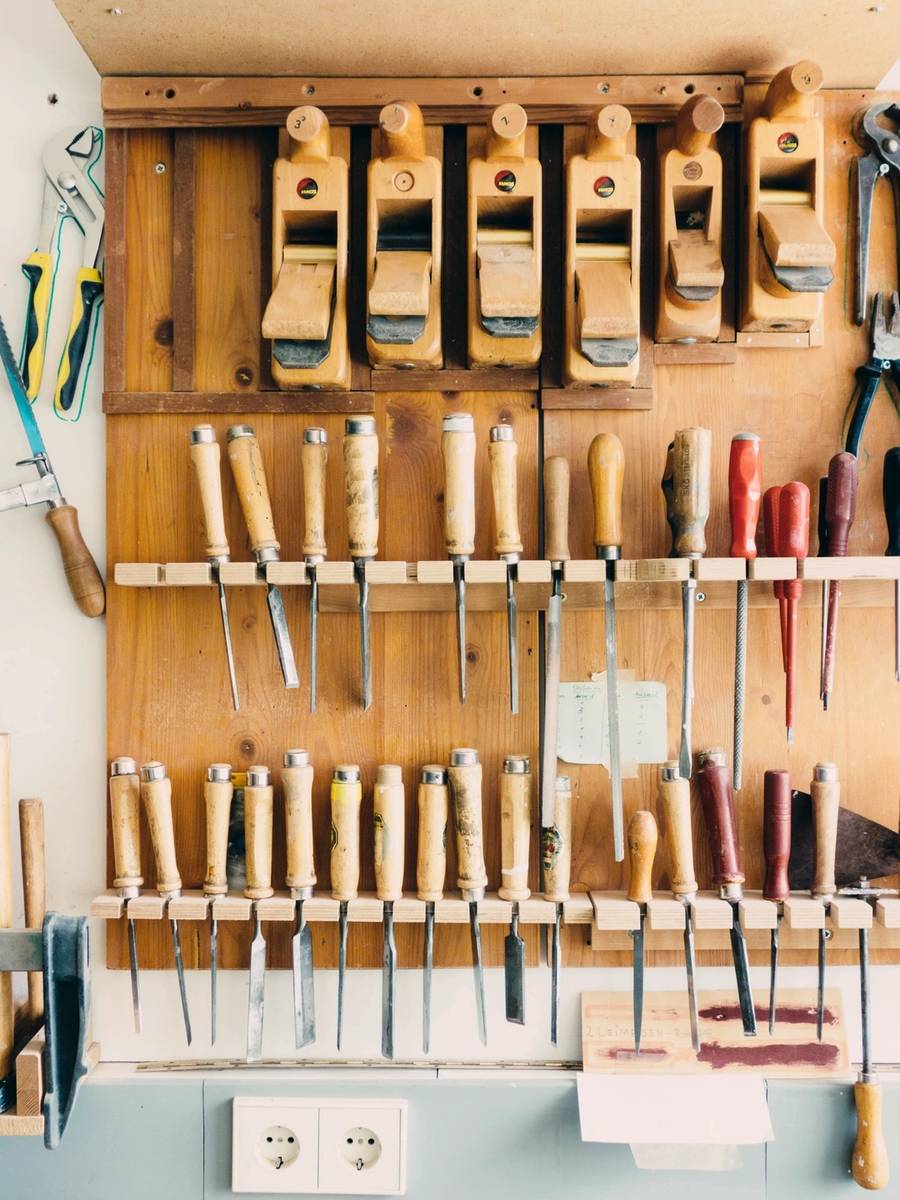Home Repair Strategies
Keeping up with home repairs is essential for maintaining the value, safety, and comfort of your living space. Here are some strategies to help you stay proactive with home maintenance:
1. Create a Maintenance Schedule
- Monthly Tasks: Inspect HVAC filters, check smoke and carbon monoxide detectors, and look for plumbing leaks. These tasks help you avoid unexpected repairs.
- Seasonal Tasks:
- Spring: Inspect the roof, clean gutters, service the air conditioner.
- Summer: Check for pest issues, inspect outdoor spaces.
- Fall: Clean gutters again, service the heating system, weatherproof windows and doors.
- Winter: Check for ice dams, ensure pipes are insulated, test generators.
- Annual Tasks: Professional inspections of HVAC, roof, and plumbing systems ensure repairs are done timely.
2. Keep a Home Maintenance Log
- Track all completed repairs and upgrades diligently.
- Note the dates of significant maintenance tasks and upcoming schedules.
- Use apps or spreadsheets to stay organized, especially for minor repairs.
3. Budget for Repairs
- Set aside 1%-3% of your home’s value annually for maintenance costs, which should cover most repairs.
- Build an emergency fund for unexpected repairs.
4. Conduct Regular Inspections
- Interior: Look for signs of water damage, cracks in walls, or malfunctioning appliances. Regular inspections prevent larger repair issues.
- Exterior: Inspect siding, paint, and foundation for wear and tear.
- Regularly walk through your home with a checklist.
5. Focus on Preventative Maintenance
- Address small issues before they escalate (e.g., fixing minor leaks to avoid costly water damage).
- Follow manufacturers’ maintenance guidelines for appliances and systems to prevent extensive repairs.
- Consider a service contract for complex systems like HVAC.
6. Use Technology to Your Advantage
- Set reminders for recurring tasks on your phone or smart home devices to manage repairs efficiently.
- Use apps like HomeZada or Centriq for organizing and planning home maintenance.
7. Learn Basic DIY Skills
- Acquire skills like unclogging drains, patching drywall, and replacing light fixtures, to save on repairs.
- Keep essential tools on hand for minor repairs.
8. Hire Professionals When Needed
- Don’t hesitate to bring in experts for complex or high-risk tasks (e.g., electrical work, roof repairs).
- Build relationships with trusted local contractors who can perform repairs.
9. Stay Informed
- Follow home maintenance blogs, watch tutorials, or take workshops to learn about new techniques and materials for repairs.
- Pay attention to changes in your home to catch potential issues early.
10. Seasonal Safety Checks
- Ensure fire extinguishers are accessible and operational to address accidents that might require repairs.
- Check the functionality of sump pumps and backup systems in wet seasons to avoid damage.
Bonus Tip: Involve the Family
- Assign age-appropriate tasks to family members to share the responsibility of repairs.
- Encourage children to develop awareness about home maintenance and repairs.
Proactive maintenance reduces long-term repair costs and keeps your home in top condition. By staying organized and informed, you can enjoy a more comfortable, safe, and efficient living space.
